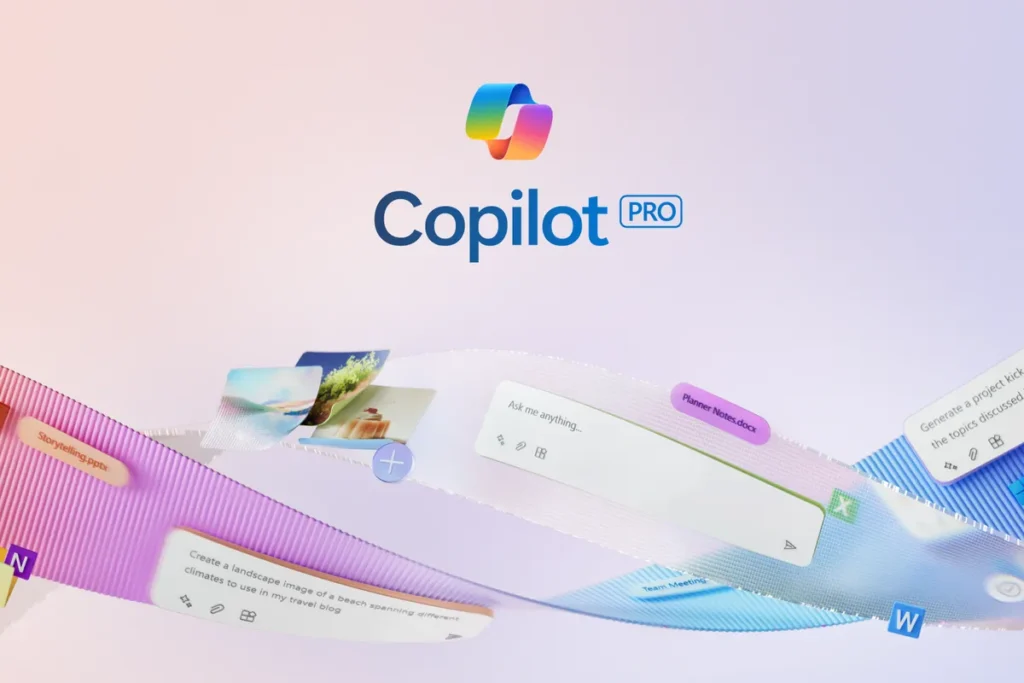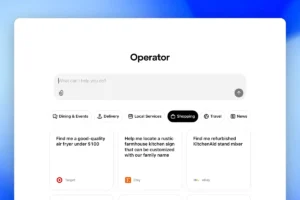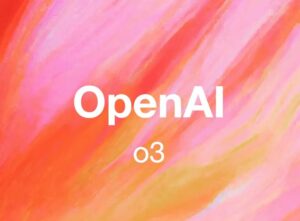AInsights: Generative insights in AI. This series rapid fire series offers executive level AInsights into the rapidly shifting landscape of generative AI.
OpenAI rival Anthropic in talks to raise $750 million led by Menlo Ventures
Anthropic, an OpenAI rival founded by ex-OpenAI employees, is in talks to raise a $750 million funding round led by Menlo Ventures at a valuation of ~$18 billion — nearly 4.5 times the startup’s $4.1 billion valuation earlier this year. This approach keeps new players at bay, for the most part. And it also holds its valuation from soaring out the stratosphere ahead of a likely next round.
Founded in 2021, Anthropic is already funded by top tier companies including Google, Salesforce and Zoom. Anthropic already raised a combined $750 million from two funding rounds in April and May, including a strategic investment from Google, giving it a 10% stake in the company. With Google in partnership with Anthropic, it can ultimately compete against Microsoft and OpenAI.
According to The Information, the company is reported to forecast more than $850 million in annualized revenue rate by the end of 2024.
AInsights
This round signifies that Anthropic is building its war che$t, giving the company capital it needs to more effectively compete against OpenAI. I see the early days in the Microsoft and Apple rivalry here.
Midjourney generated $200M in revenue with $0 in investments
The ability to generate significant revenue isn’t just self-sustaining, it’s rare in Silicon Valley, a name synonymous with venture capital and fund raising. At $200 million in revenue, the company is already profitable.
This amazing feat has been performed with only 40 employees and zero funding from outside investors. I’d love to invest if I had an opportunity.
It’s wild to think that David Holz founded the company in mid-2021 and here we are. Now venture capitalists have been practically begging him to take their money. Not doing so, keeps Holz in control and not beholden to investors. I guess, as the world turns, so do the days of genAI.
AInsights
Holz’s dedication to his vision and holding the company to its core is notable and refreshing. I wonder though, if at some point, he’ll see an opportunity to accept strategic investments to compete against OpenAI (DALL-E) and Stability AI. The minute he feels like he has to, if ever, you’re already on the defensive. We already see Anthropic raising to keep pace with OpenAI. The key is to stay head of R&D and trends.
The Rabbit R1 is the $199 counterpart to Humane’s $699 AI Pin and introduces AI’s third wave
Announced at CES2024, the Rabbit R1 AI handheld stole the show, or at least the AI news cycles. The R1 largely viewed as a simpler version of Humane’s advanced AI Pin. At $199 vs $699, the R1 is generating ChatGPT vibes, winning over consumers, in this case, at 10,000 batches at a time. At the time of this writing, the company had already sold out of its third batch of 10k units.
To appreciate the Rabbit R1 is to understand where we are in the rapid evolution of genAI.
Right now, we’re in wave 2 where models take input data and produce new data.
Wave 3 is the era of interactive AI, where conversation becomes the user interface and autonomous bots connect to one another to execute tasks behind the scenes.
So what is the Rabbit R1 exactly?
The R1 build on the premise of an LLM, wave 2, with the beginning of wave 3, connecting agents to one another to form workflows and complete tasks.
This is what Rabbit refers to as a LAM or large action model.
The Rabbit R1 is an AI-powered handheld device that aims to simplify the AI experience by using a Large Action Model to interact with various apps and complete tasks on behalf of the user.
It features a rotating camera called the “rabbit eye,” a scroll wheel for navigation, a press-to-talk button for voice commands, a 2.28-inch touchscreen, a MediaTek Helio P35 processor with 4GB of RAM and 128GB of storage, a SIM card slot for cellular capabilities, and a USB-C port.
The device’s operating system, Rabbit OS, is designed to enable natural language-centered interactions, and the LAM allows the device to learn and adapt to specific commands for future interactions 4 5 .
The Rabbit R1 is not intended to replace a smartphone but rather to serve as a pocket companion that can perform various digital tasks and interact with apps using AI capabilities 1 2 .
For more, here’s the official launch video. It’s long, but for those who really want to understand where it fits in the genAI ecosystem, its helpful.
AInsights
In some ways, the Rabbit R1, in a basic sense, reminds me of the Chumby Internet Radio from the days of Web 2.0. At the time, Chubby offered the ability to connect your favorite internet sites and apps into one, super cute, device. More so, with the Humane AI Pin and now the R1, add to that, Apple’s Vision Pro, we’re getting glimpses of what a post phone world could look like. Not that it’s happening any time soon, but it will happen.
AI discovery shatters long-standing belief in forensics that fingerprints from different fingers of the same person are unique
AI team led by Columbia Engineering undergrad Gabe Gus identified a new kind of forensic model that focuses on the curvature at the center of the print.
This model is not based on genAI or an LLM, which I find fascinating. It’s one of the many approaches to AI.
AInsights
The insights for this story are best articulated in this quote from Columbia Engineering…
“Even more exciting is the fact that an undergraduate student, with no background in fensics whatsoever, can use AI to successfully challenge a widely held belief of an entire field. We are about to experience an explosion of AI-led scientific discovery by non-experts, and the expert community, including academia, needs to get ready.”
Microsoft debuts Copilot Pro
Microsoft introduced its Copilot service. For $20/month, users gets access to the latest models of OpenAI’s ChatGPT, including GPT-4 Turbo with everyday work capabilities featured in Office integration and also creating application specific Copilot GPTs.
If you’re already a Microsoft 365 Personal or Home subscriber, then the extra $20 per month unlocks Copilot in Office apps.
AInsights
Microsoft’s increasing its consumer and enterprise viability an AI-powered company. Microsoft does not own any portion of OpenAI and is simply entitled to a share of profit distributions,” a Microsoft spokesperson said in a statement. It makes you wonder though, as a Microsoft user, whether you need the separate subscription to OpenAI.
Embedded into Microsoft apps, genAI becomes UI, making work collaborative and output exponential.
Please subscribe to AInsights.
Please subscribe to my master newsletter, a Quantum of Solis.

Brian Solis | Author, Keynote Speaker, Futurist
Brian Solis is world-renowned digital analyst, anthropologist and futurist. He is also a sought-after keynote speaker and an 8x best-selling author. In his new book, Lifescale: How to live a more creative, productive and happy life, Brian tackles the struggles of living in a world rife with constant digital distractions. His previous books, X: The Experience When Business Meets Design and What’s the Future of Business explore the future of customer and user experience design and modernizing customer engagement in the four moments of truth.
Invite him to speak at your next event or bring him in to your organization to inspire colleagues, executives and boards of directors.











Leave a Reply